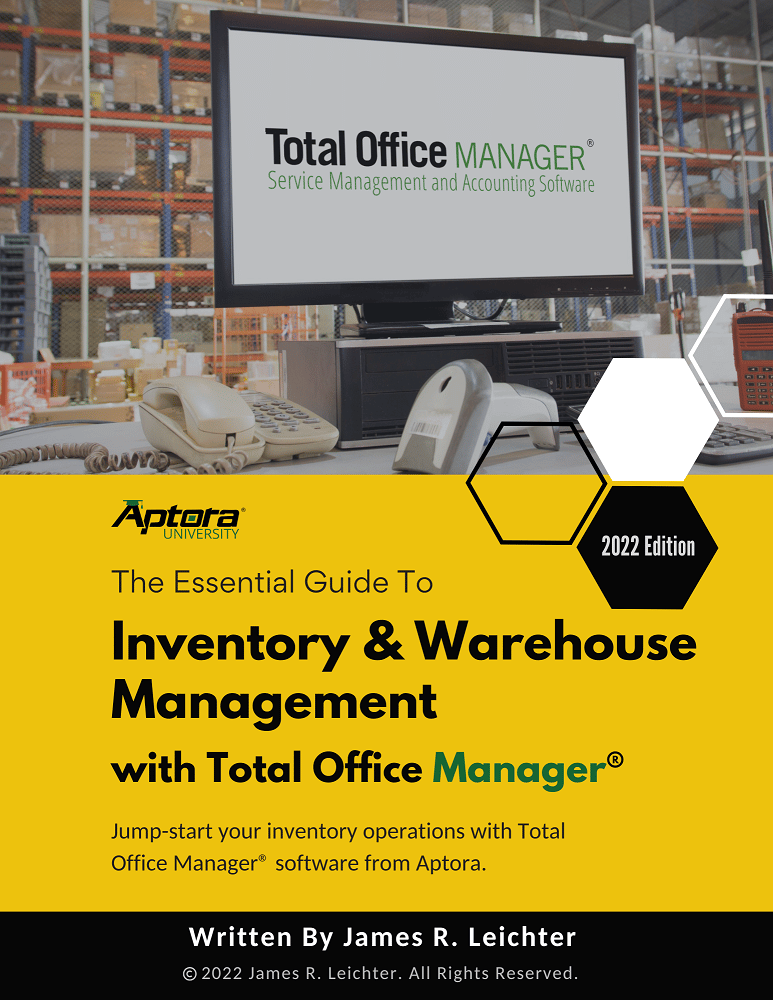
The Profit-First Guide to Growing Your HVAC Business + Freebies
As a long-time HVAC industry consultant, I’ve helped countless companies grow and become more successful. Along the way, I’ve experienced both wins and setbacks, each

Key Takeaways
After a full day on the job, do you ever look at the numbers and wonder, “where did all the money go?” Welcome to the Petroleum Equipment Service Industry—where profits are high in theory and oddly elusive in practice. If your PEI business feels like a financial colander with holes in all the wrong places, you’re not alone. Let’s take a look at the common ways companies quietly hemorrhage cash and what you can do to plug the leaks.
Let’s talk about underbidding. You know, when a potential client says the other guy does it for cheaper? And then you offer rock-bottom pricing just to get the job. You figure the losses will be worth it in the long run. Many PEI businesses fall into this trap thinking it keeps them competitive. It doesn’t. It just makes you the cheapest option—and possibly the least profitable company on the block.
Overhead can be, well, overhead. Easy to forget. Until it crashes down while you’re trying to calculate your profits.
Petroleum equipment companies often underestimate overhead—things like insurance, rent, utilities, admin staff, and fleet maintenance. That means you’re charging for parts and labor but not for the infrastructure that makes those services possible.
Pro Tip #1: Create a monthly “Overhead Audit” checklist. Ask yourself: Does this expense drive revenue? Could it be done more cheaply?
Don’t fall prey to the “If you build it, they will come” myth. Your company might be excellent at fuel system installation and maintenance, but if your idea of marketing is a dusty brochure and a website that belongs in the 90s, you’ve got a problem.
Marketing isn’t optional. It’s how future customers know you exist, and how current customers remember to call you back.
Pro Tip #2: Set up Google Alerts for your competitors and keywords like “fuel system installation near me.” You’ll see what others are doing and stay ahead of industry buzz.
If your crews are driving all over the map, showing up to sites that aren’t ready, or waiting on parts that should have been ordered last week, congratulations: you’re losing money by the hour.
Poor scheduling is a silent killer. It creates bottlenecks, burns out employees, and turns what should be a profitable project into a logistical nightmare.
Pro Tip #3: Build buffer time into every schedule. It’s easier to look like a hero for finishing early than to explain to a customer why your crew is still on site two days past deadline.
According to industry research, the average net profit margin for specialty contractors hovers between 4% and 10% depending on the niche and how well the business is run. For PEI businesses, which often require skilled labor, compliance, and custom fabrication, the margin can (and should) be higher—but only if you manage your operations like a CFO, not a firefighter.
Many companies in the service industry go under not for lack of work, but for lack of profitable work. There is a difference. Just because your trucks are moving doesn’t mean you’re making money.
Here’s a straightforward plan to fix the leaks:
Compare your estimated costs versus actual costs on completed projects. If you’re consistently losing money or just breaking even, it’s time to refine your estimating process.
Look for industry-specific solutions that integrate estimating, scheduling, payroll, inventory, and job costing—not just generic accounting software.
Break your overhead into categories and use job costing software that lets you allocate those expenses across projects. This gives you true profitability metrics, not just top-line revenue.

Subscribe to our newsletter


By submitting this form, I agree to receive marketing communication via phone call, email, or SMS from Aptora.

By submitting this form, I agree to receive marketing communication via phone call, email, or SMS from Aptora.